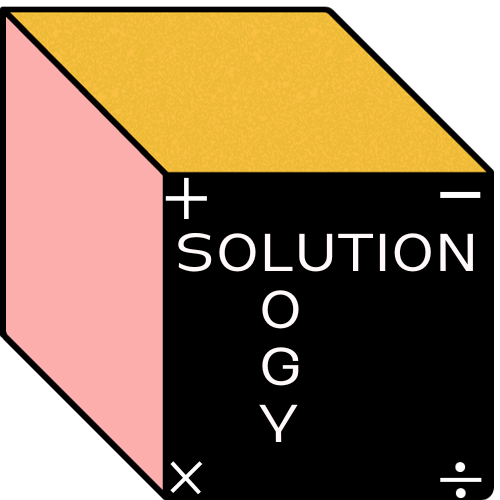[Solved] Joan invests £6000 in a savings account. The savings account pays compound interest at a rate of 2.4% for the first year and 1.7% for each extra year. Work out the value of Joan’s investment at the end of 3 years.
Joan invests £6000 in a savings account. The savings account pays compound interest at a rate of 2.4% for the first year and 1.7% for each extra year. Work out the value of Joan’s investment at the end of 3 years.
Concept used
The concept used in this question is compound interest, calculated based on the initial principal and the accumulated interest of previous periods.
In other words, compound interest is calculated on the initial amount invested and the interest accumulated over time.
This means that the more time passes, the more compound interest will accrue, leading to a higher overall return on the investment.
Solution: To calculate the value of Joan’s investment at the end of 3 years, we need to calculate the compound interest earned on the initial £6000 investment over 3 years.
Method 1
To find the value of Joan’s investment at the end of 3 years, you must calculate the compound interest for each year and add it to the initial investment.
For the first year, the compound interest will be:
interest = £6000 × 2.4% = £144
At the end of the first year, the total value of the investment will be:
Total value = £6000 + £144 = £6144
For the second year, the compound interest will be:
interest = £6144 × 1.7% = £104.48
At the end of the second year, the total value of the investment will be:
Total value = £6144 + £104.48 = £6248.48
For the third year, the compound interest will be:
interest = £6248.48 × 1.7% = £106.23
At the end of the third year, the total value of the investment will be:
Total value = £6248.48 + £106.23 = £6354.71
So, the value of Joan’s investment at the end of 3 years is £6354.71
Method 2
According to the question, it is given that
Amount of investment made by Joan P = £6000
Rate of interest for the first year R1 = 2.4%
Rate of interest for the remaining years R2 = 1.7%
The compound interest is calculated using the formula:
A3 = A1 × (1 + R1)E ────── ①
Where:
- A is the final amount of the investment (including the interest)
- P is the initial amount of the investment (in this case, £6000)
- r is the interest rate
- n is the number of times the interest is compounded per year
- t is the number of years the investment is held
A1 = 6000
R1 = 2.4%
E = 1
Substituting the above values in Equation 1, we get

A1 = 6000 × (1+0.024)1
A1 = 6000 × 1.024
A1 = 6144
After the end of three years, the value can be calculated as follows:
A3 = A1 × (1 + R2)E ────── ②
A1 = 6144
R2 = 1.7%
E = 2
Substituting the above values in equation ②, we g4et

A3 = 6144 × (1 + 0.017)2
A3 = 6144 × (1.017)2
A3 = 6144 × 1.0342
A3 = 6354.71
Hence, the value of Joan’s investment at the end of 3 years will be £6354.71
Also, check: Harry invests £6000 in a savings account.
Conclusion for Joan invests £6000 in a savings account
Joan invests £6000 in a savings account. The savings account pays compound interest at a rate of 2.4% for the first year and 1.7% for each extra year. Joan’s investment at the end of 3 years will be £6354.71
